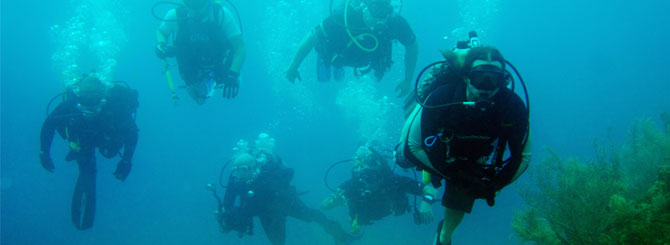EU Working on System to Replace Sulfites in Wine
Date£º
2014-06-30 14:28 Source£º
winesearcher Author:
W. Blake Gray Translator:
The European Union is backing an experiment into replacing added sulfites for wine by giving unwanted wine microorganisms a fatal case of the bends.

The project, which passed the first stage last month in Germany, uses high pressure to burst the cells of bacteria or unwanted yeast that might be living inside wine. First developed for fruit juice, it has been called "cold pasteurization."
Sulfites are added to almost every wine in the world but, like gluten, there are some people who are allergic to them and many more who wrongly think they might be. The United States began requiring wineries to say "sulfites added" on labels in 1987, and the E.U. did the same in 2005.
The new technology would not completely eliminate sulfites, which occur naturally in wine. But it would have the potential to allow more wines to be labeled as "organic wine." In the U.S., wines made from organically grown grapes cannot be called "organic wine" if any sulfites are added.
The process is being tested by the Fraunhofer Institute in Stuttgart by a team led by Ana Luc¨ªa V¨¢squez-Caicedo, a food scientist who got a master's degree at University of Arkansas before getting her PhD in Germany.
Here's how it works. A chemically inert gas, nitrogen or argon, is dissolved at high pressure into the wine. The pressure, 500 bar, is equivalent to being 5000 meters underwater, as long as the temperature stays below 104 degrees Farenheit (40 Celsius).
At that pressure the argon (or nitrogen) becomes soluble and seeps into everything, including living microbes. When the pressure is abruptly decreased, the gas rapidly expands, bursting through bacteria that might have been hiding in the wine, waiting to turn it into vinegar. The gas becomes gaseous again and can be recovered and reused, while the bacteria are exploded by the expanding gas, a similar process to decompression sickness in scuba divers.
V¨¢squez-Caicedo reported that the gas also "inactivates" oxidizing enzymes ¨C an important point because preventing oxidation is also a major role for added sulfites.
V¨¢squez-Caicedo said the wine can be treated at several different stages, including immediately after pressing, so that commercial yeast could be introduced afterward. It could also be done before bottling.
"In wine tastings, we found that the taste is not affected" by the process, V¨¢squez-Caicedo said in a press release.
Adam Lee, owner/winemaker for Siduri in Sonoma County, said he doesn't believe that.
"If I told you, you can rack a wine over and over again and it wouldn¡¯t change the wine¡¯s flavor or color, would you believe it?" Lee asked. "Of course pumping the wine around would change its flavor and color. Maybe better, maybe worse, but it would change it."
The next stage for the experiment will be to build a mobile plant to take to wineries. It might have a fair number of applicants in France, where no-sulfite-added wines have carved out a small but vocal market.
Greg Kitchens, winemaker at Don & Sons in Sonoma County, says even if it works, he doesn't believe American wineries would rush to embrace it.
"Sulfites in wine do affect the flavor but 99.9 percent of the wine drinking world is used to this," Kitchens said. "I think this is going to be a hard sell flavor-wise."